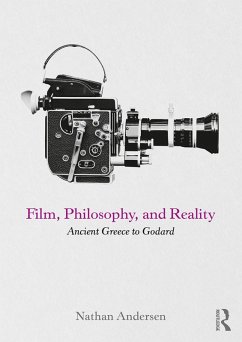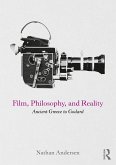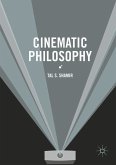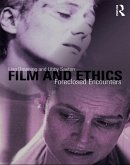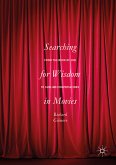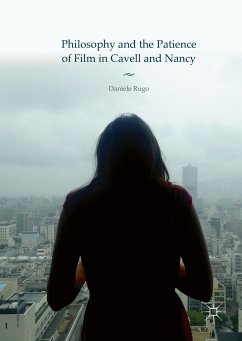The book is divided into three parts. The first is an introduction to philosophy and film, designed for the reader with little background in one or the other subject. The second examines the philosophical importance of the distinction between appearance and reality, and shows that reflection upon this distinction is naturally provoked by the experience of watching movies. The final part takes a close and careful look at the style and techniques of Jean-Luc Godard's groundbreaking film Breathless in order to illustrate how such themes can be explored cinematically.
The book addresses topics such as:
- Film: what it is and how to understand it
- The methods and concerns of philosophy
- The nature of cinematic appearances
- The history of metaphysics
- The relationship between cinema and life
- The philosophical relevance of film techniques.
With a glossary of key thinkers, terms, and concepts, as well as sections on suggested films and further reading, this textbook will appeal to lecturers and students in undergraduate philosophy and film courses, and in courses focused on Philosophy of Film, Philosophy and Film, or Film-Philosophy.
Dieser Download kann aus rechtlichen Gründen nur mit Rechnungsadresse in A, B, BG, CY, CZ, D, DK, EW, E, FIN, F, GR, HR, H, IRL, I, LT, L, LR, M, NL, PL, P, R, S, SLO, SK ausgeliefert werden.
Hunter Vaughan, Oakland University, USA
"Nathan Andersen's Film, Philosophy, and Reality is a wonderfully engaging historical introduction to philosophy and film theory. Focusing on the relationship between appearance and reality, he elaborates the philosophical kinship between thought and image with skill and insight. His exploration of Godard's Breathless from metaphysical and existential perspectives is excellent."
Robert Sinnerbrink, Macquarie University, Australia

